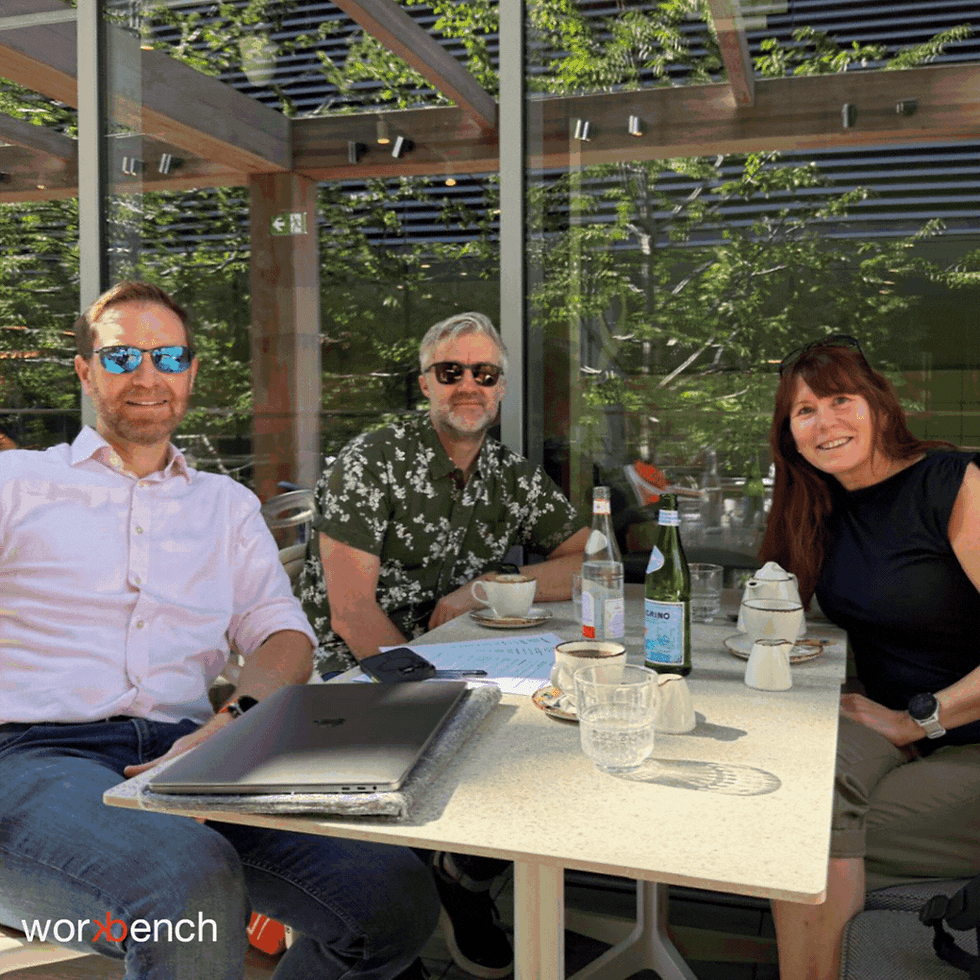What’s the plan?
- workbenchdesign

- Apr 20, 2023
- 3 min read
Updated: Apr 21, 2023

So, we have calculated and communicated our carbon footprint, but what now? Well, we need it to go down, and keep going down until it can’t go down anymore. This isn’t just about numbers it’s about why we need to know them and what we do with them once we do.
Knowing our number allows us to plan, set targets and aim for a deadline.
We can action a net zero plan because of the vast amount of research we have completed into the company practices. Looking into our operations, subcontractors, choice of materials as well our process as part of the carbon calculation journey means we have the knowledge we need to start our plan properly.

We highlighted our big impacting areas in our PAS 2060 document [link] and in our first year we targeted the areas that delivered the greatest positive return. This did not mean we overlooked the smaller contributors; we are aware that although they don’t impact as much, they impact nonetheless.
For the second year we are focusing again on our big hitters, which includes materials and subcontractors, these go hand in hand from a carbon footprint point of view. The material and labour cost in any product is a relatively high percentage of the carbon footprint no matter what you specify, this is due to the production processes involved to create a product, in particular a tailored product. As an SME we do not have the billions to invest in ground-breaking chemical recycling, nor can we power workshops with solely renewable energy without spending millions of pounds investing with every supplier, which is not economically viable in the immediate future.

Instead, we have looked for slower but perhaps eventually more effective long term carbon reducing strategies. We are currently limited to the changes we can make to the materiality of most products, we use sustainably sourced timber, steel and stone etc, but we can look to the design. Using our research into the circular economy, our circular design process is one answer. SME’s face many challenges due to size, but it is also a positive. Although our new circular design approach by its nature will take time to start having an impact on our overall carbon footprint, our size makes us nimble, and it has been implemented in record time.

The ‘slow’ pace for it to deliver is due to the nature of circularity, our furniture is often in use for 10-15 years, it is only once furniture has come to the end of its life, whether that is old age, change in taste or new tenants, that it can begin to reduce our footprint. Our products are designed so they can be dismantled easily, key elements like tops and bases can be reused separately, we can refinish or adjust the overall design if required but fundamentally we keep our products away from landfill. Reusing lowers the amount of new material we will need to create new requirements, and this then starts to deliver real carbon reductions.
We will be sharing more ideas on what designing in circularity looks like for the workbench furniture collection.
The challenge we face in today’s economy is what to do with a product once we are finished with it, at Workbench we’re working to fix that problem before the product has even been fabricated.

[Graph showing the predicted decrease in CO2 emissions as workbench continues to adopt environmental practices within the business model. This graph is a forecasted prediction and is likely to fluctuate year on year]







